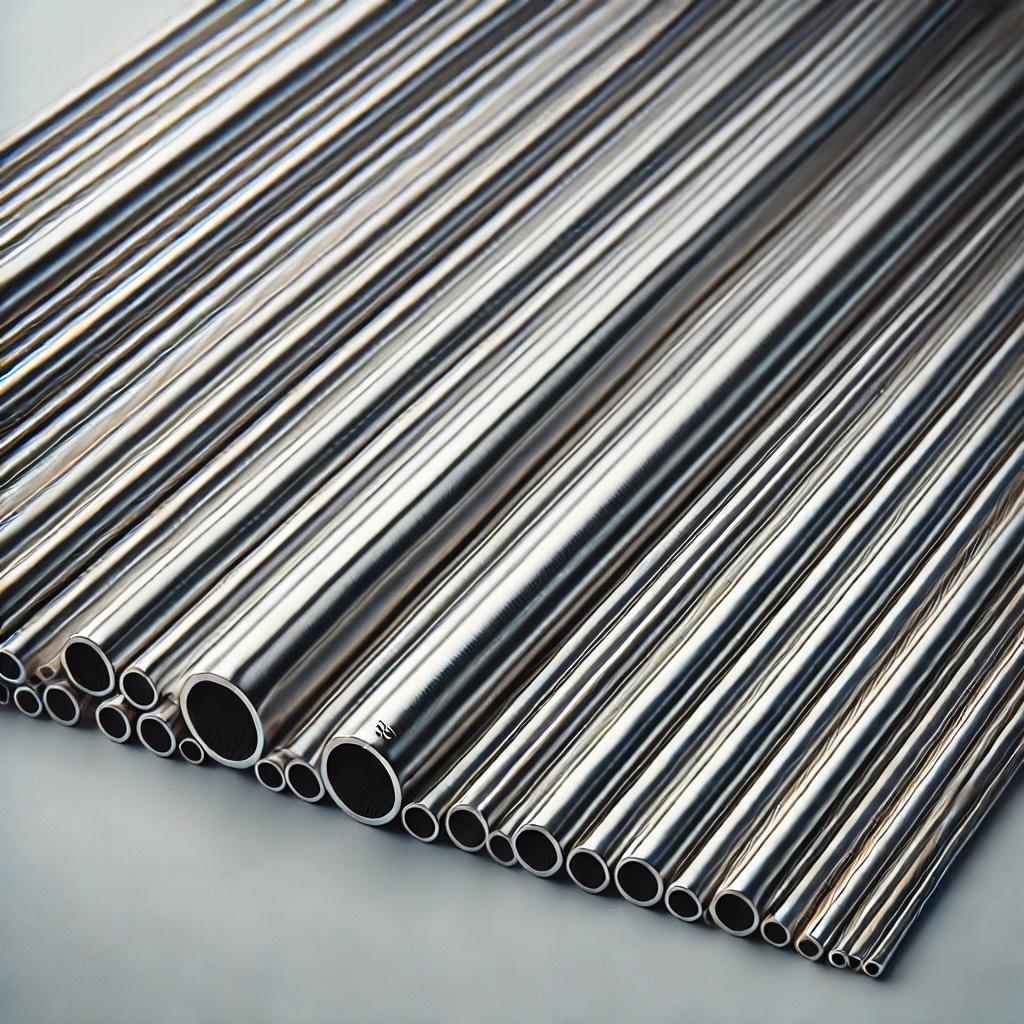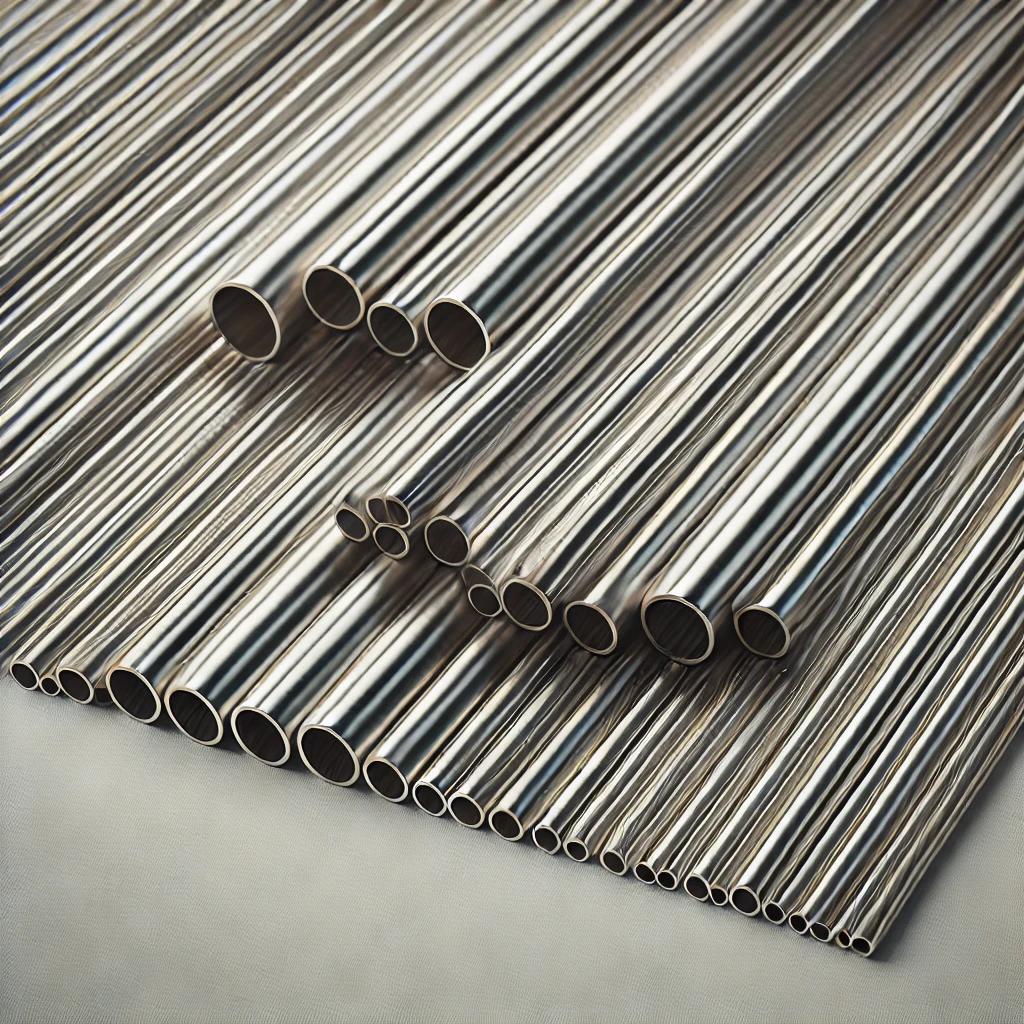1-10pcs 304 Stainless Steel Round Capillary Tubes: Everything You Need to Know
Hello everyone! Have you ever found yourself needing small, precise stainless steel tubes for DIY, industrial, or lab use, but weren’t quite sure what to look for? Whether you’re a professional fabricator or a passionate hobbyist, understanding the specs and value of these 304 stainless steel round capillary tubes is crucial. In today’s post, we’re diving into everything you need to know to make a confident and informed decision.
Specifications of 304 Stainless Steel Capillary Tubes
These capillary tubes are manufactured from 304 grade stainless steel, known for its excellent corrosion resistance, durability, and seamless finish. They come in a variety of sizes to suit different applications. Below is a summary of common specifications:
| Outer Diameter (mm) | Inner Diameter (mm) | Length Options | Material | Type |
|---|---|---|---|---|
| 4 | 3 | 250mm / 500mm | 304 Stainless Steel | Seamless Straight Tube |
| 6 | 4 | 250mm / 500mm | 304 Stainless Steel | Seamless Straight Tube |
| 8 | 6 | 250mm / 500mm | 304 Stainless Steel | Seamless Straight Tube |
| 10 | 8 | 250mm / 500mm | 304 Stainless Steel | Seamless Straight Tube |
| 10 | 9 | 250mm / 500mm | 304 Stainless Steel | Seamless Straight Tube |
| 12 | 11 | 250mm / 500mm | 304 Stainless Steel | Seamless Straight Tube |
With precision tolerances and smooth interior surfaces, these tubes are ideal for high-precision applications.
Performance & Durability
When it comes to performance, 304 stainless steel capillary tubes are highly valued for their resistance to rust, acids, and high temperatures. These properties make them reliable even in harsh environments such as chemical labs, medical setups, and mechanical systems.
The seamless construction contributes to better pressure resistance, while the smooth inner bore ensures consistent fluid or gas flow. Here’s a simple overview of the performance characteristics:
| Feature | Details |
|---|---|
| Corrosion Resistance | Excellent in water, chemicals, and high humidity |
| Temperature Range | Up to 870°C (1600°F) |
| Tensile Strength | 505 MPa minimum |
| Seamless Finish | Reduces leakage risks and enhances flow |
Whether used in fluid delivery systems or protective sheaths for wiring, these tubes deliver consistent results.
Use Cases and Recommended Users
Thanks to their precision and durability, these tubes serve a wide range of purposes. Here’s a checklist of common use cases and suitable users:
- ✔ Laboratory fluid transport systems
- ✔ Precision mechanical parts
- ✔ Medical device components
- ✔ DIY and hobbyist engineering projects
- ✔ Aerospace and automotive industry prototyping
- ✔ Industrial instrumentation
These tubes are especially recommended for:
- Engineers looking for corrosion-resistant materials
- Hobbyists in need of fine-dimension metal tubes
- Medical or lab professionals needing sterile tubing

Comparison with Similar Products
Let’s compare 304 stainless steel capillary tubes with other common materials used in similar applications:
| Feature | 304 Stainless Steel | Brass | Aluminum | Plastic (PVC) |
|---|---|---|---|---|
| Corrosion Resistance | Excellent | Good | Moderate | Poor |
| Pressure Tolerance | High | Medium | Low | Very Low |
| Thermal Resistance | Very High | Moderate | Low | Very Low |
| Weight | Heavy | Moderate | Light | Very Light |
| Cost | Moderate | Lower | Lower | Cheapest |
If durability, hygiene, and strength are key priorities, 304 stainless steel stands out as the best choice.
Pricing & Buying Guide
These tubes are typically sold in packs of 1 to 10 pieces. The price will vary depending on the size (diameter and length) and quantity purchased. Here’s what you need to consider:
- Length: 250mm vs 500mm — longer sizes cost slightly more.
- Inner/Outer Diameter: Thicker tubes are more expensive due to material cost.
- Pack Size: Buying in larger quantities usually offers a better per-piece price.
Buying Tips:
- Compare per-piece pricing for multi-packs
- Look for sellers that offer clear size options and tolerances
- Check for quality certifications or material test reports
Always choose based on your application needs and not just price.
Frequently Asked Questions
What does 304 in stainless steel mean?
304 is a grade of stainless steel with high chromium and nickel content, making it resistant to corrosion and rust.
Can these tubes be cut easily?
Yes, with appropriate tools such as tube cutters or fine saws. Deburring is recommended after cutting.
Are these tubes suitable for drinking water?
Yes, 304 stainless steel is food-grade and safe for potable water applications.
Do they rust over time?
Not easily. 304 stainless steel is rust-resistant in most environments unless exposed to extreme acids or salts.
Can they be welded?
Yes, they are weldable with TIG or MIG methods commonly used for stainless steel.
What are typical tolerances?
Most tubes have ±0.1mm tolerance, but always confirm with the seller or manufacturer.
Final Thoughts
We hope this detailed guide helped you understand the value and versatility of 304 stainless steel capillary tubes. Whether you’re crafting precision parts or upgrading your lab setup, these tubes offer reliable performance and durability. Feel free to share your experience or questions in the comments below!


